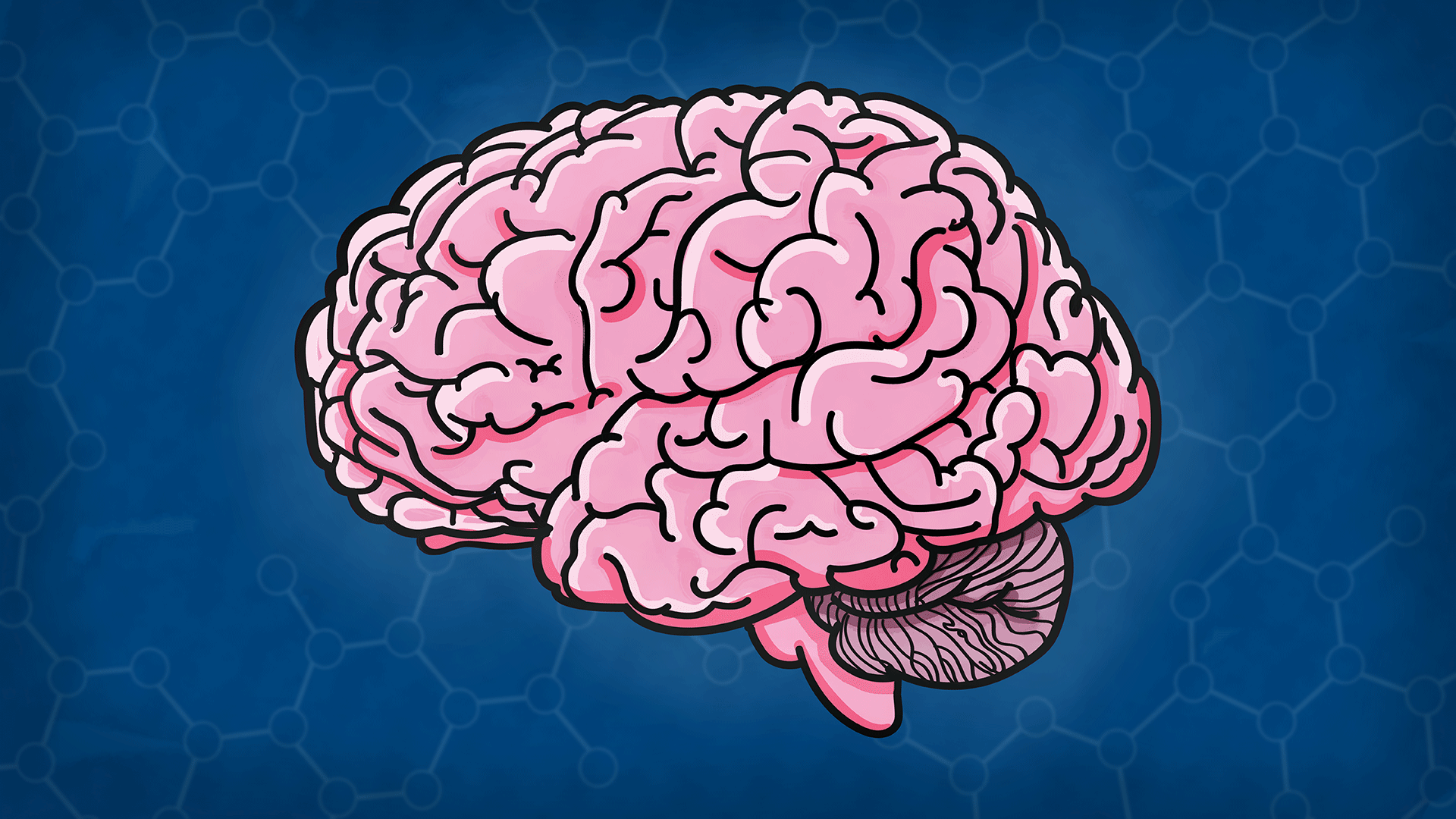The National Institute of Health (NIH) Brain Research through Advancing Innovative Neurotechnologies® (BRAIN) Initiative awarded a total of $9.7 million in new grants to Cold Spring Harbor Laboratory (CSHL) professors, a senior fellow, and a visiting scientist. Started in 2013, the BRAIN Initiative funds innovative neuroscience projects. The goal is to better treat, prevent, and cure neurological disorders.
So much data, too little time
CSHL Professor Partha Mitra and his team are developing new artificial intelligence tools to analyze a broad range of brain datasets and types. These new computational resources will help neuroscientists analyze an overwhelming amount of brain imaging and physiological data that already exist, plus the even larger datasets being generated in labs around the world.
Tracing individual neurons in bulk
Anthony Zador, the Alle Davis and Maxine Harrison Professor of Neurosciences, heads a team of investigators developing new techniques for rapidly mapping brain wiring. His team genetically tags individual brain cells with unique DNA “barcodes”, visualizes individual cells in thick slabs of tissue at high resolution, and pinpoints neuronal connections.
Tweaking brain circuits in mice
CSHL Adjunct Professor Z. Josh Huang is working with CSHL collaborators Professor Anthony Zador and Associate Professor Pavel Osten on one BRAIN grant. They are identifying genetic markers that can differentiate between cell types in the brain. Using new virus-based tools, cells will be targeted to manipulate specific neural circuits and understand how they work.
Is it worth it?
Christian Bravo-Rivera, a senior fellow in CSHL Professor Bo Li’s laboratory, is testing how mice respond to a conflict between reward and punishment. This research will illuminate where and how their brains make such decisions. This work may shed light on the biological basis of psychiatric conditions, including addiction and depression.
Making a choice
James Roach, a visiting scientist in CSHL Assistant Professor Tatiana Engel’s laboratory, is developing a new theoretical model to understand what happens in the brain when a mouse makes a choice. This computer model will capture the diversity of brain cells needed to enable mice cognition and action.
Written by: Luis Sandoval, Communications Specialist | sandova@cshl.edu | 516-367-6826
